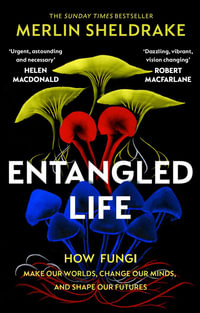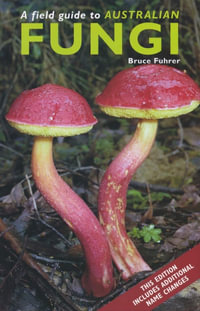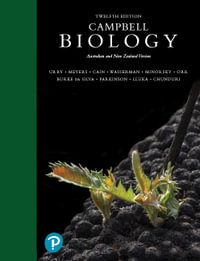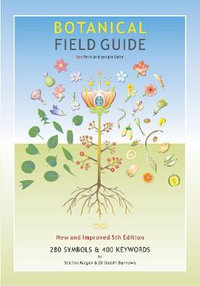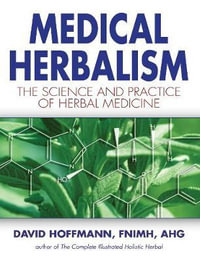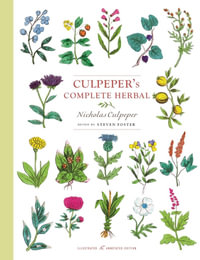
Plant-Based Therapeutics, Volume 2
The Brassicaceae Family
By: Ivan A. Ross
Hardcover | 19 November 2024
At a Glance
Hardcover
$317.33
or
Aims to ship in 7 to 10 business days
ISBN: 9783031636806
ISBN-10: 3031636805
Published: 19th November 2024
Format: Hardcover
Language: English
Number of Pages: 846
Audience: Professional and Scholarly
Publisher: Springer Nature B.V.
Country of Publication: CH
Dimensions (cm): 23.39 x 15.6 x 4.45
Weight (kg): 1.35
Shipping
| Standard Shipping | Express Shipping | |
|---|---|---|
| Metro postcodes: | $9.99 | $14.95 |
| Regional postcodes: | $9.99 | $14.95 |
| Rural postcodes: | $9.99 | $14.95 |
How to return your order
At Booktopia, we offer hassle-free returns in accordance with our returns policy. If you wish to return an item, please get in touch with Booktopia Customer Care.
Additional postage charges may be applicable.
Defective items
If there is a problem with any of the items received for your order then the Booktopia Customer Care team is ready to assist you.
For more info please visit our Help Centre.
You Can Find This Book In
This product is categorised by
- Non-FictionScienceBiology, Life SciencesBotany & Plant Sciences
- Non-FictionScienceBiology, Life SciencesBiochemistry
- Non-FictionScienceChemistryOrganic Chemistry
- Non-FictionScienceBiology, Life SciencesLife Sciences in General
- Non-FictionMedicineComplementary Medicine
- Non-FictionEngineering & TechnologyAgriculture & FarmingAgricultural Science
- Non-FictionMedicineOther Branches of MedicinePharmacology
- Non-FictionMedicinePre-Clinical Medicine & Basic Sciences

